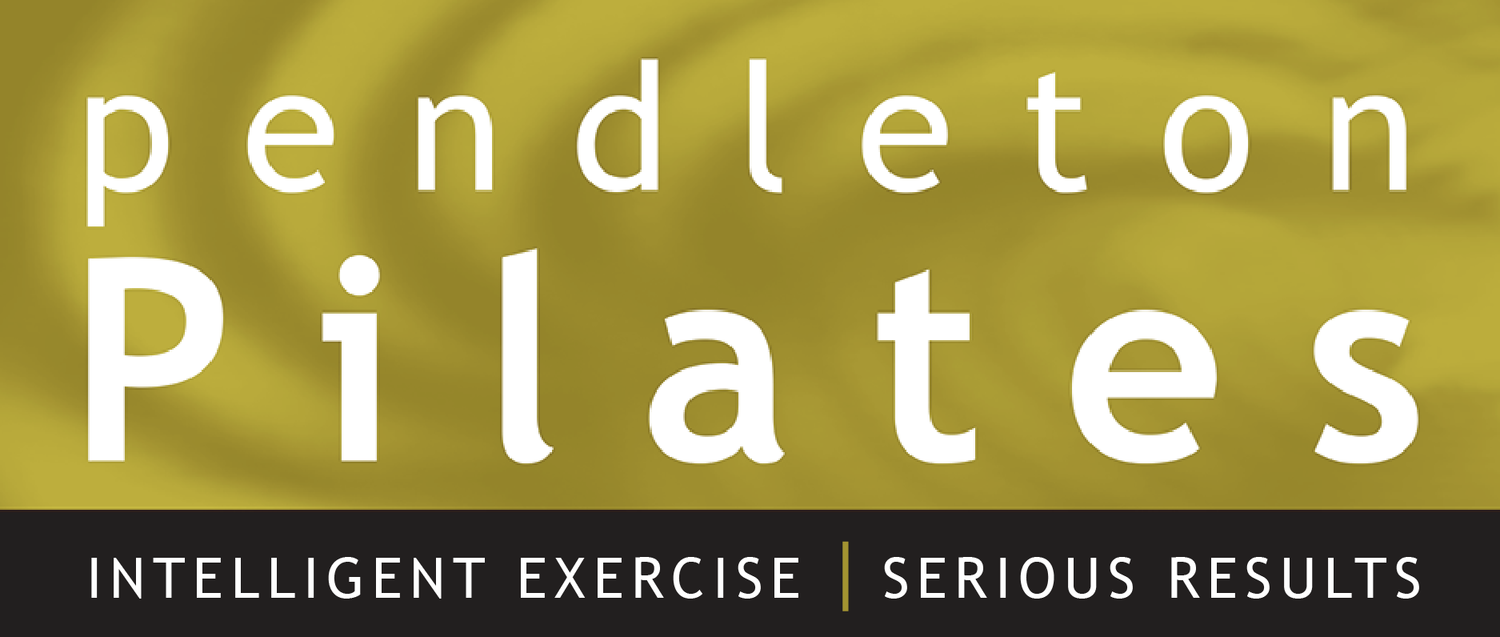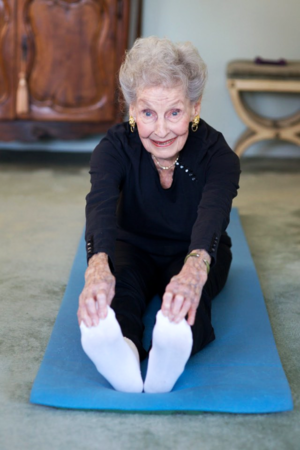Women recovering from breast cancer face many challenges, not only in getting their strength and energy back, but in many cases, strengthening their self-confidence.
Fatigue, limited range of motion, and even fear of moving sore areas may make a woman shy away from exercise. Pilates can be a useful tool in rehabilitation for breast cancer survivors. With the help of a trained instructor, it can help a woman reclaim her physical confidence and reestablish a connection with her body.
Pilates can help alleviate pain from breast cancer operative procedures, restore joint mobility, tissue integrity, and help regain lost strength. Practicing some of the very basic biomechanical principles of Pilates (which focus on restoring joint mobility with gentle range of motion exercises) can help break down residual scar tissue from surgery and various treatments. The emphasis on the breath in Pilates is also a great way to reconnect with the body and focus on progress.
Pilates can be an excellent way to achieve the postural re-education and muscle-balancing necessary to recover from the side effects of breast cancer treatment. Most importantly, Pilates can be a gateway for a true "Return to Life" for many women, as the title of Joseph Pilates' popular book states. Joseph Pilates said, "Concentrate on the correct movements each time you exercise, lest you do them improperly and thus lose all the vital benefits of their value." Pilates is not about quantity (how many sit-ups) but about the quality of the exercises you perform. When practiced correctly, Pilates allows one to reconnect with a body that has been traumatized.
Let's talk anatomy and exercise As mentioned, the shoulders, chest and back will be the main areas of focus after surgery. The external rotation muscles in the shoulders, which include the subscapularis, infraspinatus, teres minor, supraspinatus, and the deltoid, are the key muscles to rehabilitate after surgery.
Along with strengthening these shoulder muscles, the chest muscles, pectoralis major and pectoralis minor will also need strengthening and stretching in order to keep the chest muscles from tightening which cause the shoulders to round.
Tight chest muscles and rounded shoulders are an unwanted combo leading to bad posture. Strengthening the upper back muscles will also help with preventing poor posture as well as support overall upper body weakness.
Early breast cancer detection is key to surviving breast cancer, as well as a healthy eating lifestyle and regular exercise. To learn more about breast cancer go to www.breastcancer.org.
Facts about Breast Cancer in the United States
- One in eight women will be diagnosed with breast cancer in their lifetime.
- Breast cancer is the most commonly diagnosed cancer in women.
- Breast cancer is the second leading cause of death among women.
- Each year it is estimated that over 220,000 women in the United States will be diagnosed with breast cancer and more than 40,000 will die.
- Although breast cancer in men is rare, an estimated 2,150 men will be diagnosed with breast cancer and approximately 410 will die each year.
October is National Breast Cancer Awareness Month
Its a perfect time to have your mammogram
When breast cancer is detected in the early stages, treatments are less invasive, and survival rates are greater. October is National Breast Cancer Awareness Month and a good time for scheduling an annual mammogram, according to the Centers for Disease Control.
CDC statistics show breast cancer as the second-leading cause of cancer deaths among women in the United States, and the most common cancer among women. About 12 percent of women in the United States will develop an invasive form of breast cancer during their lifetimes. Mammograms are the most common and effective way to detect abnormalities in the breast that could lead to cancer.
Women who are nervous about getting their first mammogram should not fear this simple procedure. A mammogram is merely an X-ray exam of the breast. During the screening, the breast is compressed or squeezed between an adjustable plastic plate (on top) and a fixed X-ray plate (on the bottom). The bottom plate holds the digital "camera" that makes the image of your breast. The pressure on the breast lasts only a few seconds. Using digital technology to examine mammography images and flag abnormalities in the breast.
Diagnosis at an earlier stage gives you more treatment options and a better prognosis. By the time you feel a lump during a self-exam, you might already be in a later stage. Ideally, you want to find the cancer before a woman can feel it.
A mammogram screening falls under preventive care and is covered by most insurance plans. The American Cancer Society's screening recommendations for mammograms include:
- Yearly mammograms for all women beginning at age 40 and continuing as long as they are in good health.
- A clinical breast exam should be performed every three years for women in their 20s and 30s, and annually for women 40 and older.
- Women should know how their breasts normally look and feel and report any changes to their health care provider immediately.
- Starting in their 20s, women should perform regular breast self-exams.
- Women who have a family history or a genetic proclivity toward breast cancer should be screened with an MRI in addition to mammograms. Only about 2 percent of women in the United States fall into this category.
Women should talk with their OB/GYN about any special considerations for regular screenings, and whether individual circumstances warrant additional tests at an earlier age.
Meet Gayle Unzicker - pendleton Pilates and Spinning® Instructor
On August 6, 2011, Toni Lichvar (another Pendleton instructor) and I did the Ohio Women's Triathlon for the Cure at East Fork Lake. Toni had convinced me to do the event despite how much I hated running. Ten days later, I had a mammogram (the first step in the process that determined I had breast cancer).
In mid-September, I had surgery to remove tumors in my right breast. Shortly after chemotherapy began. About 10 days later my hair fell out in handfuls. I could picture myself standing over someone on a reformer and a big handful of hair falling on them. Ugh! It became so bothersome, I shaved my head and started wearing a wig my Mom helped me purchase. I bought two more wigs in different styles and colors. No one knew whether their Friday morning instructor would be a blonde, a redhead or a brunette!
Chemo continued for 4-1/2 months. I was still teaching Pilates and Spinning throughout the whole ordeal. I missed a few classes, but had wonderful teacher friends who covered me or agreed to be on "stand-by" if I was unable to teach. Not only had Pilates and Spinning made me strong, it was now keeping me sane.
Shortly after chemo, I started radiation therapy. The sessions lasted 45 - 60 minutes, five days a week for four weeks. It wasn't painful and I didn't have any complications. (I think this is true for most people receiving radiation to the right chest and underarm area.) The most difficult part was adjusting my schedule for so many appointments!
So, for the last year my life has been radically different. It wasn't fun, and I was consumed with appointments, treatments, tests and all sorts of medical processes I would have rather not had to do. However, now I'm on the other side of the worst of it. And, in all sincerity, there are some things that I like to reflect on. For instance, the encouragement, prayers and support from all of the people in the Pendleton family. From clients to instructors, people have been so very thoughtful. I have felt overwhelmingly blessed.
And lastly, I would like to say that Pilates and Spinning were game changers for me and my walk on the cancer path. Had I not started as a healthy individual, the last year would have been a very different experience. I encourage everyone to work effectively on building and maintaining your health so that when you are faced with life's toughest challenges...you'll be ready!

 "I'm a survivor," Star Jones said on the TODAY show. "And heart health is something I now take very seriously."
"I'm a survivor," Star Jones said on the TODAY show. "And heart health is something I now take very seriously."  The Wisdom of 101- year-old Ruth Kobin
The Wisdom of 101- year-old Ruth Kobin